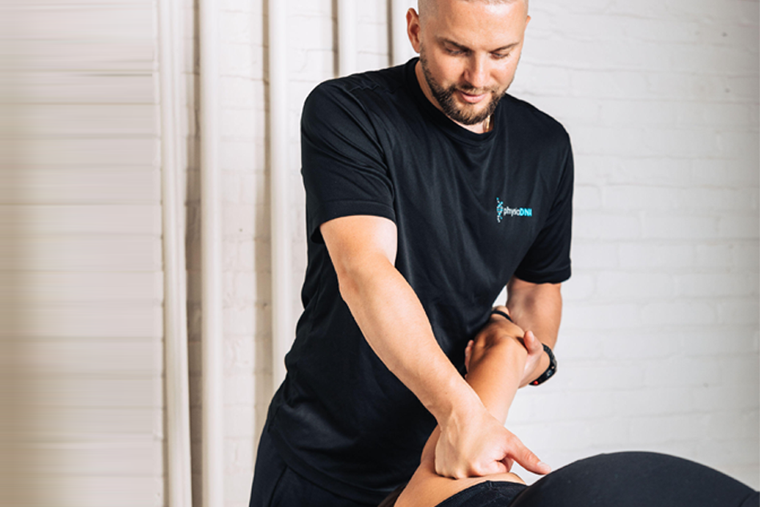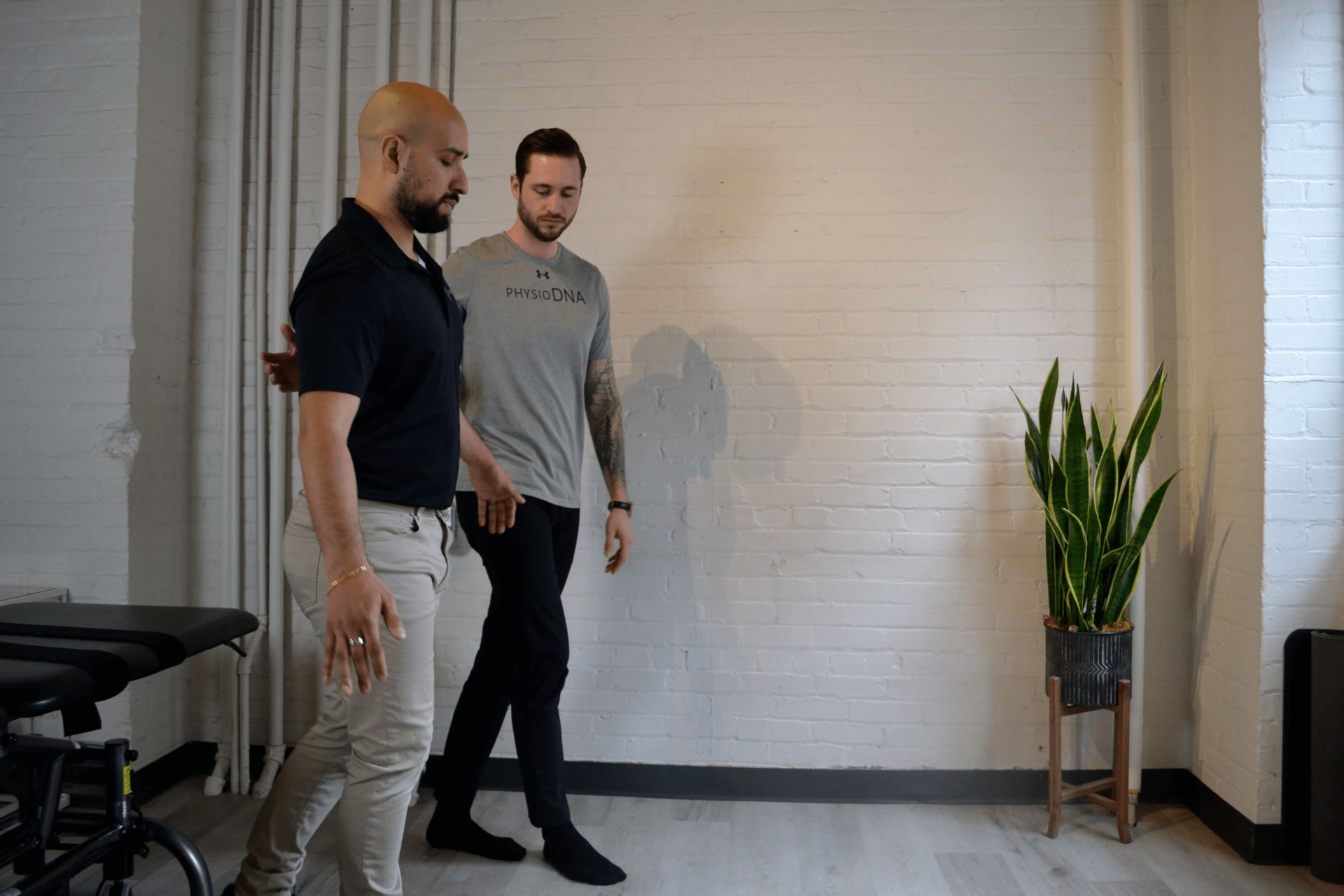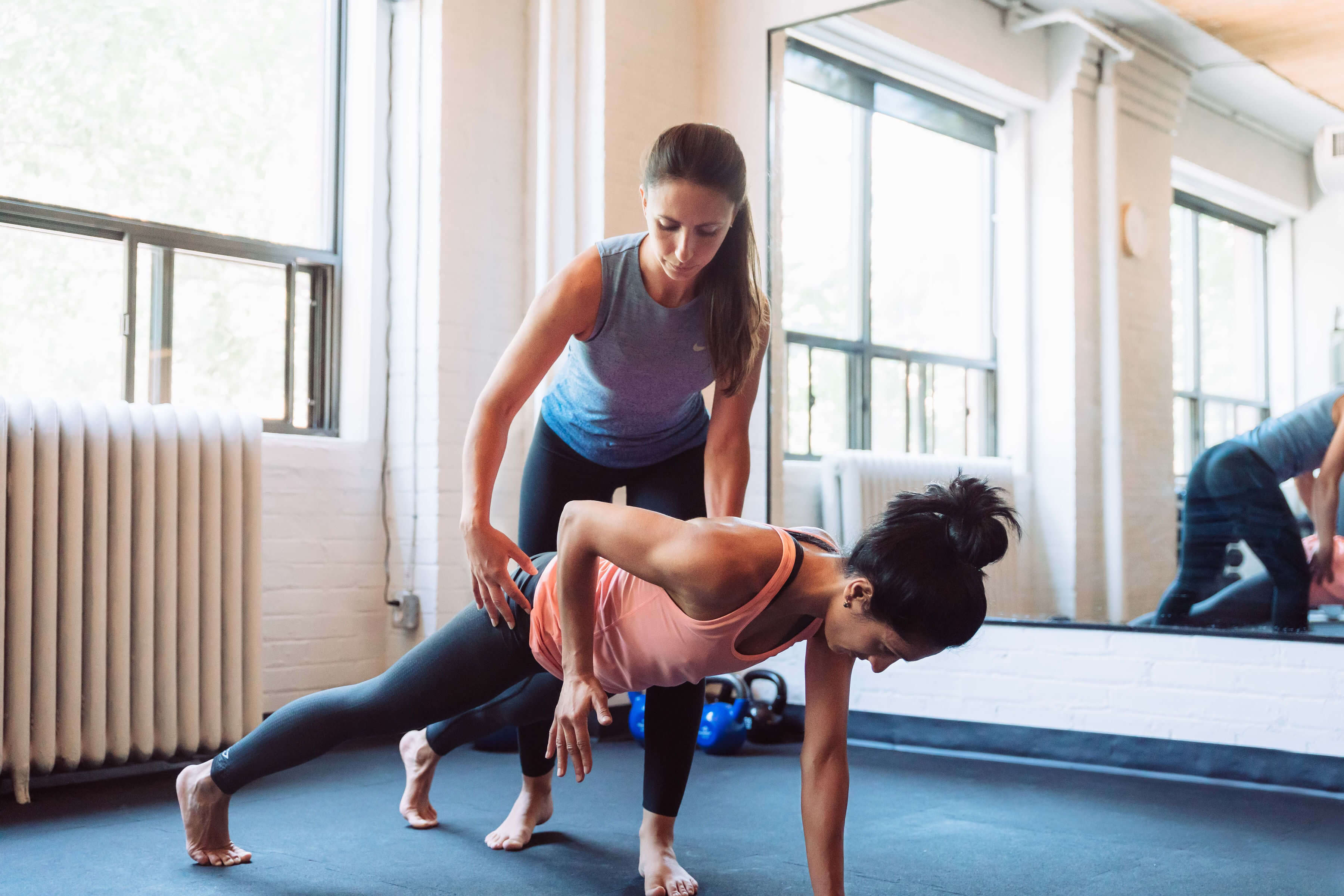Why Vestibular Rehabilitation
Vestibular disorders are a range of conditions which include symptoms of balance problems, dizziness, vertigo, nausea, and/or vomiting. They may result from viral infections, head injury, motor vehicle accidents, aging, or may occur spontaneously.
Vestibular physiotherapy uses certain maneuvers to correct dysfunctions in the inner ear, as well as rehabilitation exercises to improve balance and reduce dizziness (such as gaze stabilization, visual tracking exercises). Vestibular repositioning maneuvers are especially effective for benign paroxysmal positional vertigo (BPPV) – a common vestibular disorder.
Request a call back




